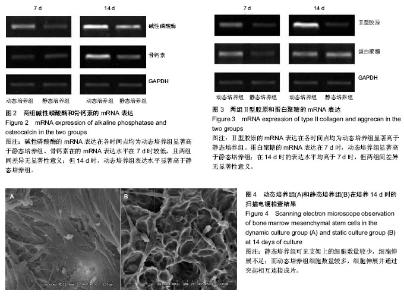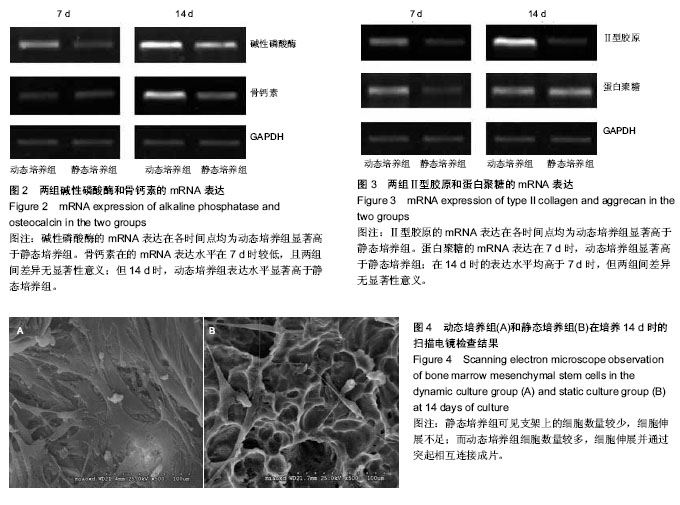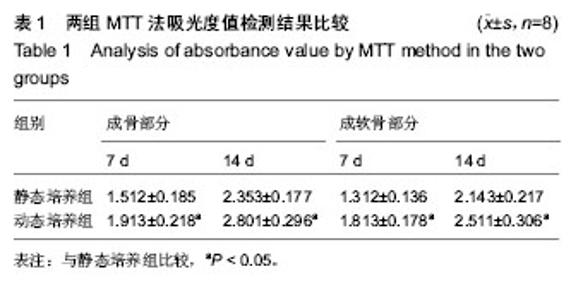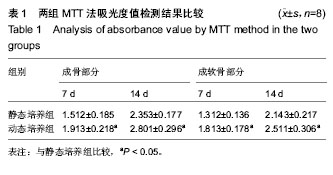| [1] 吕成昱,张海宁,王英振,等.自体骨髓基质干细胞及可注射藻酸钙凝胶联合Mosaicplasly技术修复山羊膝关节股骨头大面积缺损[J].中国组织工程研究与临床康复,2009,13(47):9253-9256.
[2] 谭琪,田清业,刘光军,等.冷冻保存同种异体软骨移植修复膝关节软骨缺损[J].中国组织工程研究与临床康复,2010,14(53):10058-10062.
[3] 曹安,方春抒,王兴勤,等.新鲜自体与异体骨软骨移植修复免关节软骨缺损的比较[J].中国组织工程研究与临床康复,2009,13(15): 2833-2836.
[4] Gao J, Dennis JE, Solchaga LA, et al. Tissue-engineered fabrication of an osteochondral composite graft using rat bone marrow-derived mesenchymal stem cells. Tissue Eng. 2001; 7(4):363-371.
[5] Schaefer D, Martin I, Shastri P, et al. In vitro generation of osteochondral composites. Biomaterials. 2000;21(24):2599- 2606.
[6] Alhadlaq A, Mao JJ. Tissue-engineered osteochondral constructs in the shape of an articular condyle. J Bone Joint Surg Am. 2005;87(5):936-944.
[7] Alhadlaq A, Mao JJ. Tissue-engineered neogenesis of human-shaped mandibular condyle from rat mesenchymal stem cells. J Dent Res. 2003;82(12):951-956.
[8] Chang CH, Lin FH, Lin CC, et al. Cartilage tissue engineering on the surface of a novel gelatin-calcium-phosphate biphasic scaffold in a double-chamber bioreactor. J Biomed Mater Res B Appl Biomater. 2004;71(2):313-321.
[9] Estes BT, Gimble JM, Guilak F. Mechanical signals as regulators of stem cell fate. Curr Top Dev Biol. 2004;60: 91-126.
[10] Waldman SD, Spiteri CG, Grynpas MD, et al. Long-term intermittent shear deformation improves the quality of cartilaginous tissue formed in vitro. J Orthop Res. 2003; 21(4):590-596.
[11] Schleicher I, Lips KS, Sommer U, et al. Biphasic scaffolds for repair of deep osteochondral defects in a sheep model. J Surg Res. 2013;183(1):184-192.
[12] Kim K, Lam J, Lu S, et al. Osteochondral tissue regeneration using a bilayered composite hydrogel with modulating dual growth factor release kinetics in a rabbit model. J Control Release. 2013;168(2):166-178.
[13] Mayr HO, Klehm J, Schwan S, et al. Microporous calcium phosphate ceramics as tissue engineering scaffolds for the repair of osteochondral defects: biomechanical results. Acta Biomater. 2013;9(1):4845-4855. |





